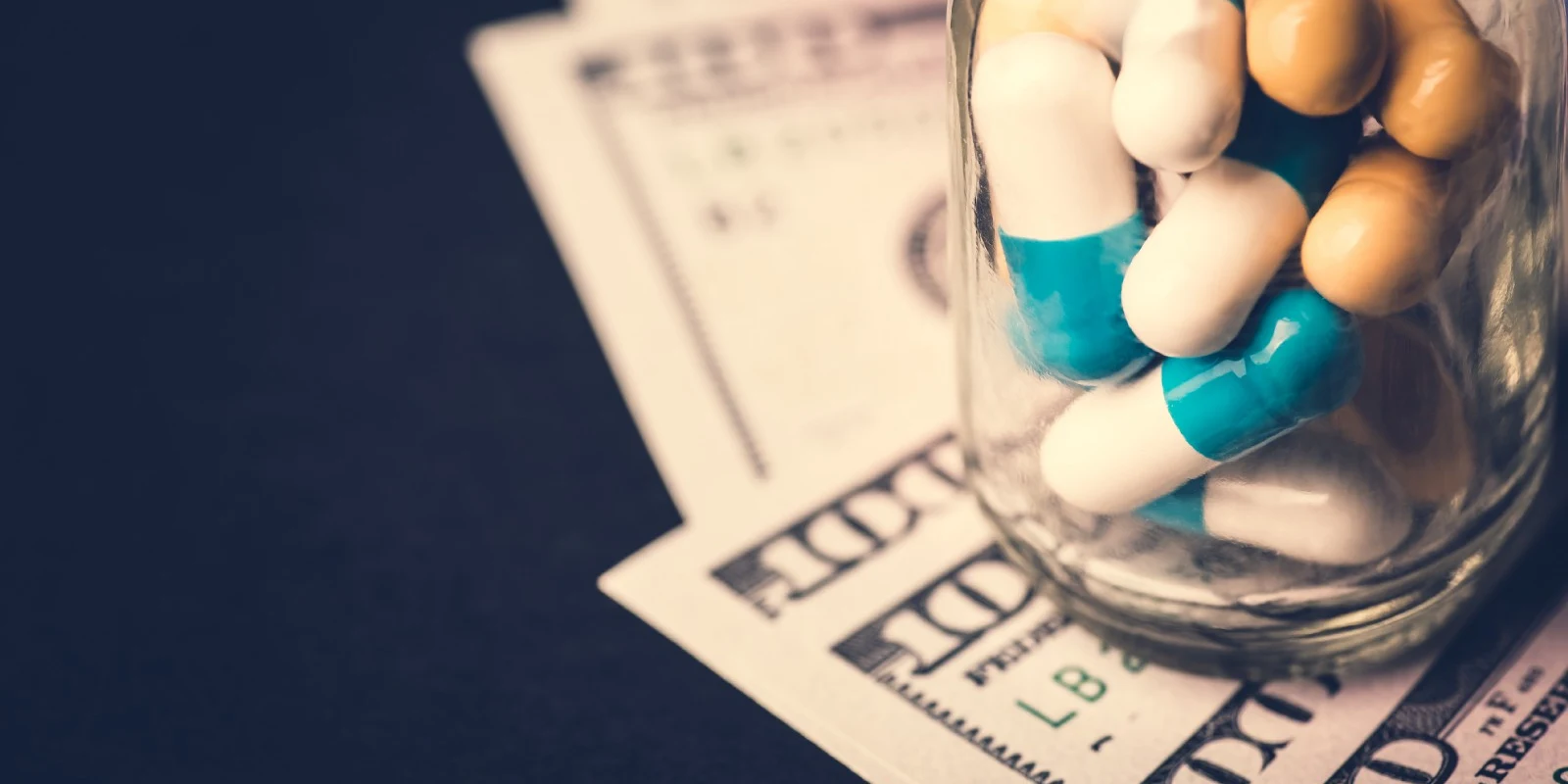
It was Mr. X’s wife who first realized that he was having a stroke. Returning home after a long day at work, she was struck by his lack of energy. It did not take her long to discover his newly-slurred speech and left-sided weakness, which spurred her to dial 911. Unfortunately, despite aggressive inpatient management, Mr. X’s deficits worsened. He and his family were devastated.
Weeks later, Mr. X was back in the hospital for an unrelated issue, this time under my care. During this stay, my team and I found that he had atrial fibrillation, a condition that had raised his risk of having the stroke that upended his future and would require long-term anticoagulation. After considering a number of factors, we decided that we would start him on a direct oral anticoagulant still under patent-protection.
But there was an issue: Mr. X was undocumented. Since he lacked health insurance, costs would be an issue. His new medication was expensive. While we briefly considered warfarin as an alternative, his inability to regularly follow-up made a direct oral anticoagulant a necessity. Unfortunately, there were simply no good options to ensure that Mr. X could afford — and, therefore, access — his new medication after leaving the hospital. As the days passed without a resolution, the frustration Mr. X initially felt morphed into resignation and sadness.
With the help of a generous outpatient cardiologist, however, we were finally able to find a solution. We discharged Mr. X with enough medication to last him until his follow-up appointment. His cardiologist would then indefinitely provide Mr. X with free samples of the medication he had accumulated from a pharmaceutical company. There was no back-up plan in case something went awry.
When I told Mr. X we had a solution, he was ecstatic. He smiled and said, “Thank you, doctor. You have done so much for me.” But I did not feel like I had. Despite my efforts, the best I could do was set up a tenuous arrangement that would depend on Mr. X’s ability to follow up with an outpatient physician whose continued access to free medication was anything but assured. If Mr. X missed his appointment, or his cardiologist no longer received free samples, the arrangement would break down, and Mr. X would be confronted with costs that he simply could not afford. He would be denied the medication that kept at bay his risk of recurrent stroke.
None of this seemed reasonable to me. Clinical decisions, I had been taught, should be made with only the patient’s health in mind. So why were financial concerns playing such a large role here?
Undocumented immigrants such as Mr. X are often uninsured, which can raise their out-of-pocket medical costs significantly and make it difficult for them to get their medications. But the problem of high drug prices is not limited to undocumented patients. In fact, with the costs of drugs soaring nationwide, an increasing number of documented Americans are not able to fill their prescriptions either. Physicians increasingly have to make therapeutic decisions with their patients’ finances in mind.
Of course, there may be other reasons why patients do not get their medications. Some may simply choose not to fill their prescriptions. But no one who wants to take their medication should be held back by cost.
For physicians, just getting our patients who can afford their medications to take them correctly is hard enough. We have to continually contend with significant structural obstacles to medication adherence, like complex medication regimens and limited health literacy. With the deck already so stacked against us, physicians need all the help we can get to ensure that our patients at least have access to the medications they desperately need. Having to spend hours devising solutions, which are often tenuous at best, to get around the problem of high costs makes my job nearly impossible.
For patients, the consequences of not being able to access their medications can be devastating. As the former Surgeon General C. Everett Koop said in 1985, “Drugs don’t work in patients who don’t take them.” Not taking one’s medications, regardless of the reason why, is responsible for nearly 125,000 deaths and at least 10 percent of hospitalizations in America. It is also expensive, costing the healthcare system between $100 billion and $289 billion annually. With such high stakes, it is in the country’s best interest to limit the obstacles that interfere with patients receiving their medications. Lowering drug costs would go a long way to support this.
Obviously, if lowering drug costs were that easy, high prices would not be an issue. But it has confounded a generation of policymakers, and the situation has only seemed to worsen in recent years. I cannot pretend to know the solution to this crisis.
But what I do know is that we cannot continue on our current path. As the costs of new drugs balloon, I fear that many of my patients will be excluded from receiving cutting-edge treatments and instead be relegated to receiving cheaper, second-line therapies. Such an outcome would be a profound betrayal of Thomas Jefferson’s declaration that “all men are created equal,” belying America’s commitment to egalitarianism. We cannot allow this to happen.
America’s ideals, and the health of Americans, are at stake. We must do better, and soon.
Kunal Sindhu is a resident physician in New York City and a 2018–19 Doximity Author. You can follow him on Twitter @sindhu_kunal.







